Enter the Ghostly World of Chillingham Castle

Purported to be the most haunted castle in Britain, we uncover Chillingham's ghoulish residents and gruesome past just in time for Halloween
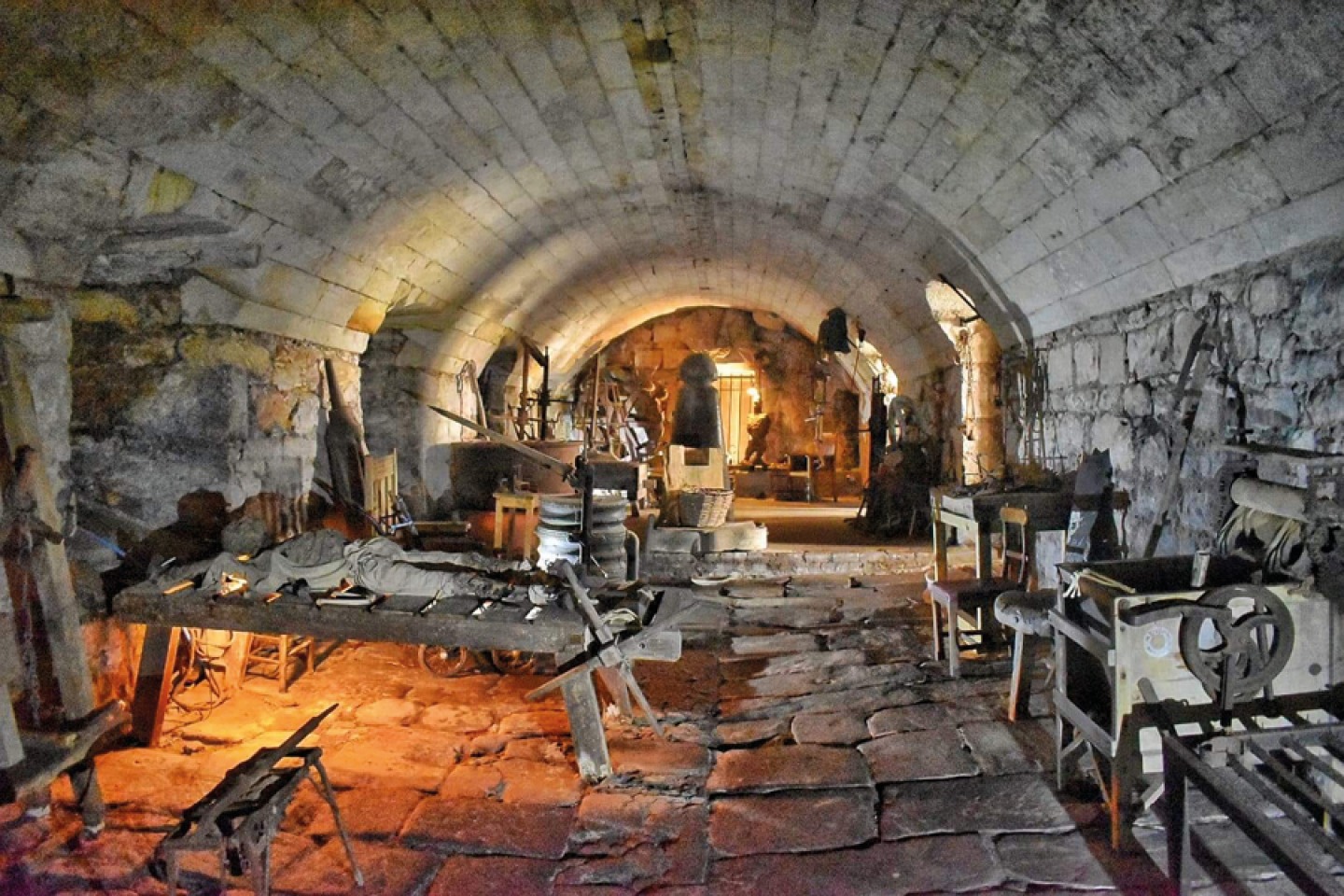

Chillingham’s morbid draw is threefold: its fascinating history is marked by some of England’s bloodiest chapters; the figures said to linger in the castle have fascinating stories in their own right; and the broader paranormal occurrences suggest Chillingham could be a significant focal point for the supernatural. For ghost hunter Richard, this is all connected.
‘Let’s go way back to the 1200s, when the border with Scotland was starting to get a bit rumbly,’ Richard says. Northumberland was always a turbulent area, with regular raids from the Scots and border skirmishes to defend against. ‘[Henry III] invited the Grey family down to see if they could help strengthen the border. The Greys had Wark Castle which was a stronghold on the River Tweed.’ This period in the mid to late 1200s saw the rise of one of Scotland’s most fearsome warriors, William Wallace, who caused carnage in the north of England. With such a strategic position in the area, Chillingham was a prime target.
‘In 1297 you had the Scots facing the English at Stirling Bridge. It was a disaster for England and of course, with William Wallace now at the fore, and with an awful lot of followers, he went on the rampage,’ Richard says. ‘In the December of 1297 he came to Chillingham. He burned the Anglo Saxon wooden church on the site – doubtless with people in it.’ This attack prompted a visit from King Edward I, who stayed in what is now the King Edward I Room (a room which, Richard says, has particularly high activity on his ghost hunts).
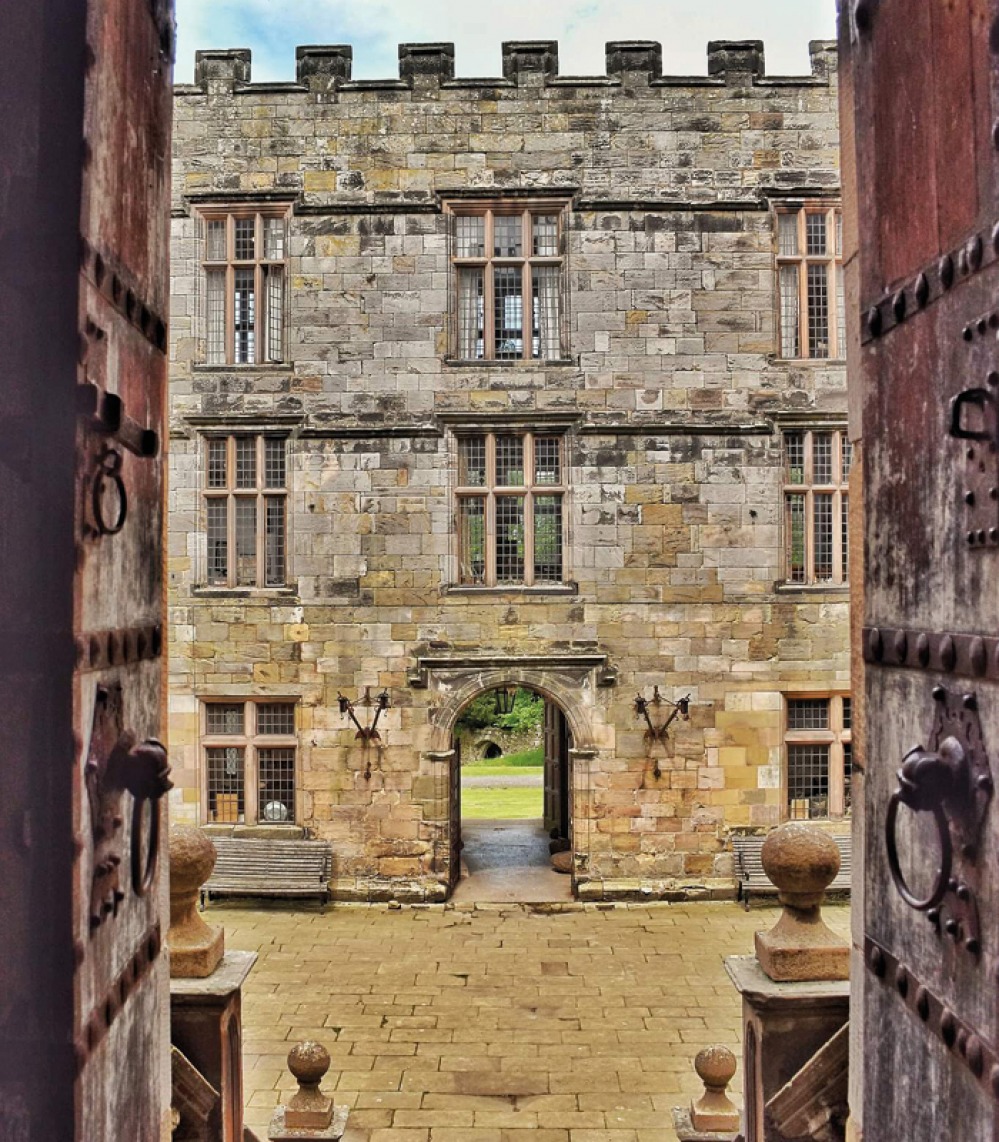
Marching north, Edward faced Wallace in battle and was able to send him and his army fleeing – Wallace became the country’s most wanted man in 1298. In his pursuit of Wallace, Edward turned once again to Chillingham Castle, which entered one of its bloodiest eras. ‘Edward I, knowing the layout of Chillingham and its close proximity to the main Roman road between Berwick and York, set it up as the centre for interrogation,’ Richard explains. ‘Basically, anyone who was captured on the Scottish side, had a Scottish name or kept Scottish company, would be interrogated by the means of the day – usually torture.’
In charge of torture at Chillingham was the fearsome John Sage, an injured lieutenant of the King who had a taste for violence. ‘It’s estimated that several thousand prisoners were brought before the torturers to try and find the whereabouts of Wallace.’ But prisoners weren’t the only people to fall foul of John Sage, who is also said to have killed his common-law wife Elizabeth Charlton. ‘He effectively strangled her, which led to a lynching of him by her family,’ Richard explains. The spirit of John Sage is still said to linger in the torture chambers of the castle.
Though Wallace was captured and killed in 1305, the violence at Chillingham did not end and bloody skirmishes with the Reiving clans of the Borders and the Scots continued for years. Ironically, Chillingham’s next violent chapter didn’t come from across the Border, it came from the Percys of Alnwick.
‘This was the largest, heaviest siege on this castle,’ Richard explains. The 1536 Pilgrimage of Grace was in protest of Henry VIII’s break with the Catholic Church, and once again Chillingham Castle bore the brunt in the North. ‘It took six or seven years to repair the damage to the towers. Still, if you look carefully you can actually see where the repairs have been.’ Ultimately, though the castle didn’t fall, eight members of the family were executed for treason.
The later history of the castle included visits from the doomed Charles I, who was executed less than a year after his visit, and the notorious Oliver Cromwell who was also later beheaded. As soaked with violence as the castle’s history is, it is inevitable, Richard suggests, that some spirits would linger. ‘Anybody who has met a sudden and absolutely violent end, all that energy of life has to go somewhere,’ he says. ‘A lot of it gets embedded in the spot where it occurred.’
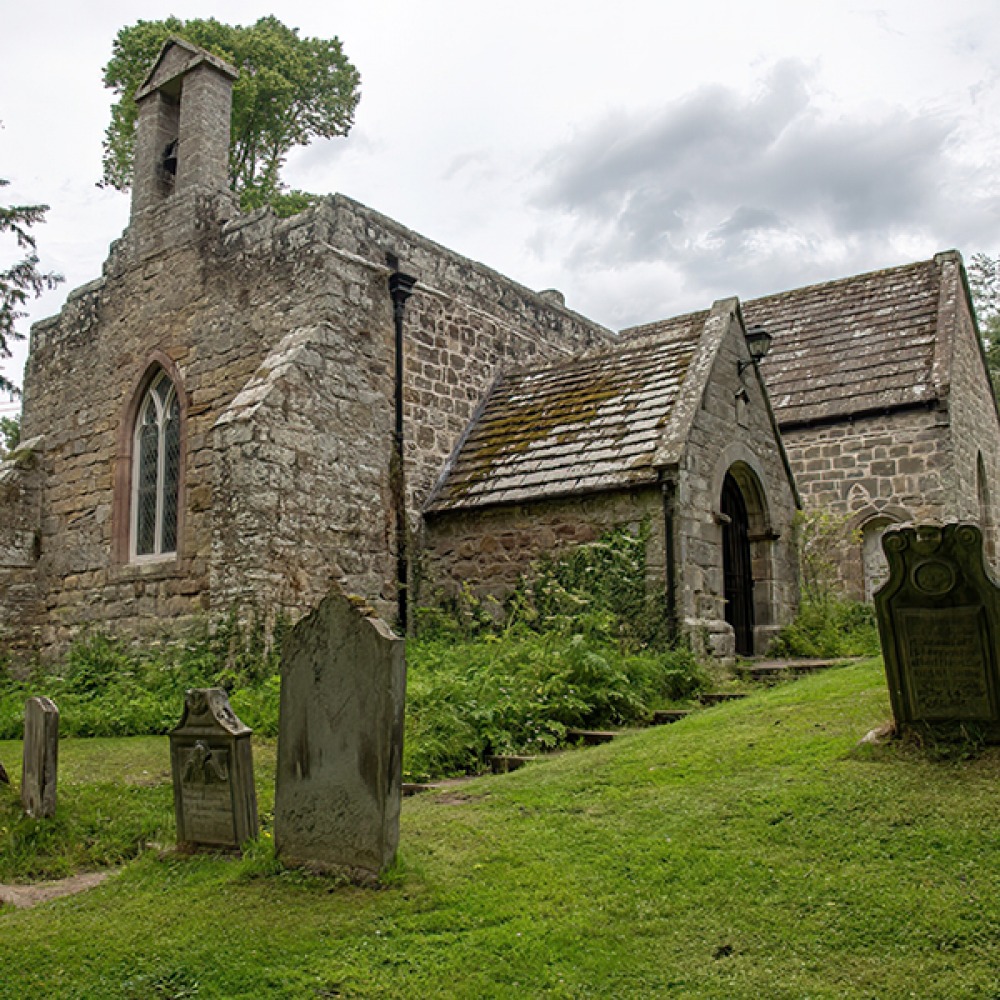
Appreciating that the public is fascinated with the supernatural, Chillingham Castle run ghost hunts and tours year-round. Richard identifies certain areas as being more prone to activity, including the King Edward I Room, Great Hall, Castle Undercroft, Minstrel’s Hall and Chapel. The patterns of activity can vary from regular, nightly hauntings, to appearances triggered by specific people, Richard says. ‘A lot of it can be based around the people who visit. Maybe somebody comes along who perhaps reminds the spirit of a person they once knew,’ he explains. ‘You get hauntings that go on night after night. They have no clue that you’re there, they’re just going about their business not bothering anybody.’
Identifying ghosts and trying to uncover their history is a particular fascination of Richard’s. One of the castle’s most famous ghosts is Lady Mary Berkeley, who was married to Lord Forde Grey in the late 1600s and lived at Chillingham. ‘What happened was in 1682 they had a child, Mary. They enlisted the help of Lady Mary’s younger sister, 17-year-old Henrietta, to help with this child. Forde Grey and Henrietta ran off together, leaving Lady Mary in the castle with said child.’ It is said Lady Mary’s presence can be felt throughout the castle, accompanied by the smell of roses and the rustling of skirts.
Other past inhabitants of the castle who are said to linger include Thomas and Ralph Grey, who are buried in the nearby St Peter’s church. ‘They come through from time to time, keen to communicate on old machines like your dowsing pendulums and rods. Ralph Grey comes through on the spirit box.’
More recurring figures include Dougal and Godric in the King Edward I Room, and Richard was able to uncover a father and son who matched these names dating back to 1296, when Dougal testified against his father for a crime. Richard also suggests that John Sage was behind a particularly violent haunting about a year ago, centred around four women, one of whom revealed her maiden name was Elizabeth Charlton, the same name as Sage’s murdered common law wife. ‘It seems like she had attracted the attention of that angry spirt,’ Richard says.
Other recurring figures are more mysterious. ‘We have tactile phantoms such as the one known as Peter the manservant. From all my investigations he seems to be a figure from the household from the 1700s who had a bit of an eye for the ladies. They talk about the sensation of getting their ear blown into or the back of their neck being lightly touched,’ Richard explains. ‘One of our famous ghosts is that of Eleanor. She’s only eight years old but she’s an attention seeking one. You occasionally see fleeting glimpses of her in the Chapel going out of the door. She pulls hair, pulls clothes, and she draws on people’s back with a phantom finger if they’re sitting down.’
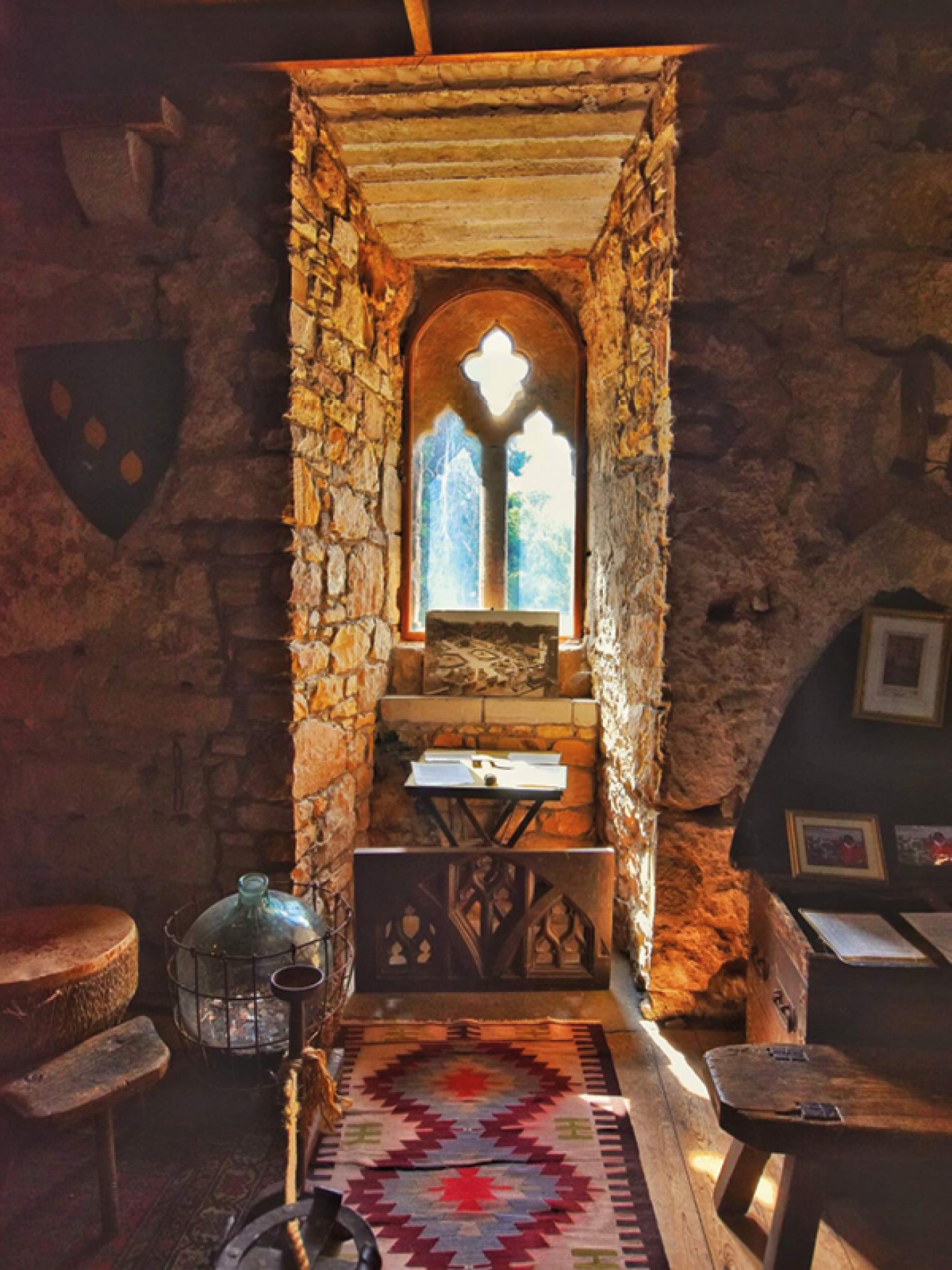
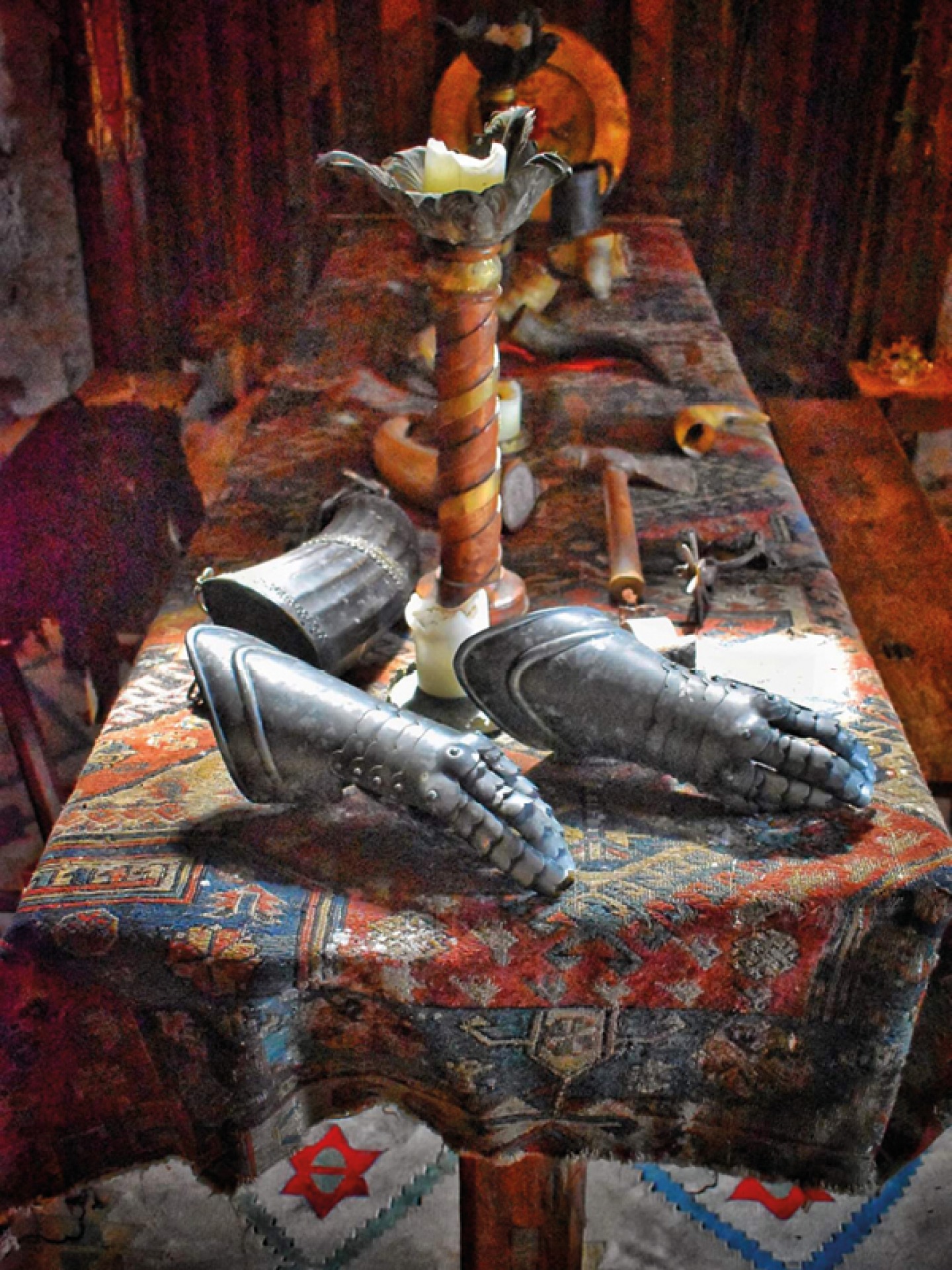
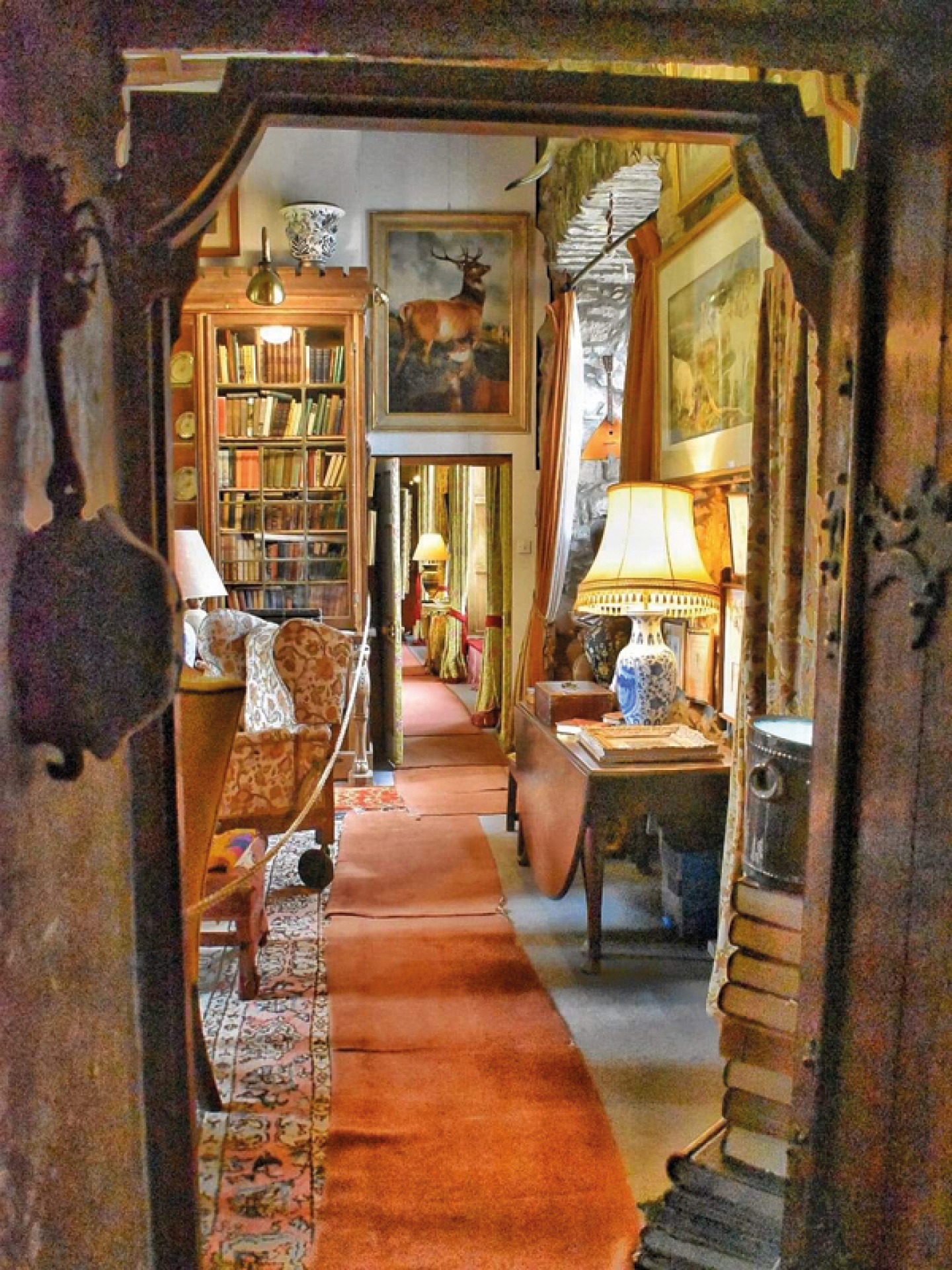
There are also more general paranormal encounters that can’t be attributed to one specific figure, which Richard’s ghost hunts uncover. ‘We have had people pushed over, pushed by the shoulders or even had their hair tugged quite violently,’ Richard says. ‘When I do these hunts I’m not there to frighten anybody, what we’re looking for is evidence of paranormal activity. Quite often we get big group results. Someone might ask “what was the name of my dog I lost?” and then through a spirit box out comes the right answer.’
Though we may never know the true nature of the occurrences at Chillingham, Richard believes the place itself holds special significance, and believes its attraction to visitors lies in the unending history there is to discover. ‘Chillingham can act as a catalyst for bringing out any transient spirits,’ he says. ‘When we get names, forename or surnames, I’m straight off into the old books. You can’t find everything on the internet, you’ve got to go digging, and that’s what keeps this perpetually fascinating!’










